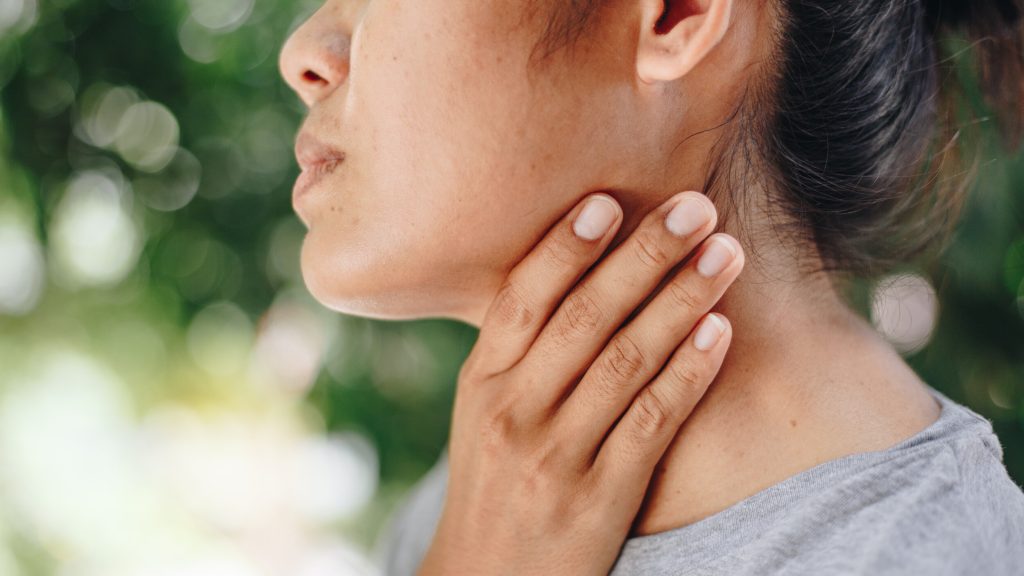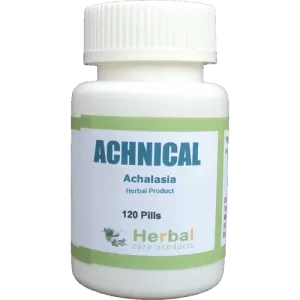No products in the cart.
Return To Shop 0 Cart $0.00 0
No products in the cart.
Return To Shop Shopping cart (0)
Subtotal: $0.00
Free shipping over 299$
Type 3 Achalasia and Diet: Foods to Avoid and Tips for Better Digestion
Achalasia is a rare esophageal motility disorder that affects the ability of the esophagus to move food toward the stomach. Among the three subtypes of achalasia, Type 3 Achalasia is characterized by spastic, uncoordinated contractions that make swallowing particularly challenging. Proper dietary choices can play an essential role in managing symptoms and enhancing overall quality of life. In this article, we’ll explore foods to avoid, along with practical dietary tips to improve digestion for those dealing with Type 3 Achalasia.
What is Type 3 Achalasia?
Type 3 Achalasia is a subtype of achalasia, a rare disorder that affects the esophagus, the tube that carries food from the mouth to the stomach. Achalasia occurs when the lower esophageal sphincter (LES)—a muscular ring at the bottom of the esophagus—fails to relax properly, preventing food from moving smoothly into the stomach. This causes difficulty swallowing, chest pain, and regurgitation of food.
Type 3 Achalasia, also known as “spastic achalasia,” is characterized by uncoordinated, spastic contractions in the lower esophagus in addition to the non-relaxing LES. These contractions are stronger and more irregular than in other types of achalasia, making swallowing even more challenging and painful. The primary symptoms of Type 3 Achalasia include chest pain, which can sometimes be severe, as well as difficulty swallowing both liquids and solids.
Managing Type 3 Achalasia often requires a combination of medical treatments, such as medications, botox injections, or surgery, to help relax the LES and alleviate symptoms. Additionally, dietary modifications can provide relief by reducing stress on the esophagus and making it easier to swallow food.

Related Articles: What to Eat After Achalasia Surgery: A Dietitian’s Recommendations
Type 3 Achalasia and Its Digestive Challenges
In people with Type 3 Achalasia, the lower esophageal sphincter (LES) fails to relax properly. This leads to difficulty in food passing through to the stomach, often resulting in painful spasms, regurgitation, and discomfort. Because of these issues, individuals must take special care in what and how they eat.
Related Articles: Achalasia: Hot Water Drinking Therapy as a Treatment
Foods to Avoid with Type 3 Achalasia
Certain foods can exacerbate symptoms, causing spasms and discomfort. Here are some to be cautious of:
- Dry and Dense Foods
Foods like bread, rice, nuts, and crackers can be difficult to swallow and may get stuck in the esophagus. If these foods are consumed, they should be softened or accompanied by plenty of water. - Acidic Foods and Beverages
Acidic foods like tomatoes, citrus fruits, and vinegar can irritate the esophageal lining. Avoid acidic drinks, including citrus juices, carbonated sodas, and wine, as they can worsen symptoms. - High-Fat and Fried Foods
Fatty foods delay gastric emptying, leading to prolonged digestion. Fried foods, heavy meats, and rich dairy products can contribute to acid reflux and should be consumed sparingly. - Spicy Foods
Spices like chili peppers, hot sauce, and curries can exacerbate esophageal discomfort, leading to increased spasm activity. Mild seasoning may be better for sensitive digestive systems. - Caffeinated and Carbonated Drinks
Both caffeine and carbonation can relax the LES and increase stomach pressure. This can cause acid to backflow, aggravating symptoms and potentially leading to discomfort.
Type 3 Achalasia and Diet: Foods to Include
While some foods should be limited, certain types can help ease digestion and reduce symptoms:
Related Articles: Herbal Remedies for Achalasia That You Can Try at Home
- Soft, Moist Foods
Well-cooked vegetables, mashed potatoes, and soups are easier to swallow and can help reduce strain on the esophagus. - Smoothies and Purees
Blended fruits and vegetables provide essential nutrients without requiring intense chewing. This makes them an ideal choice for those experiencing swallowing difficulties. - Lean Proteins
Soft proteins, like fish, eggs, and tofu, are easy to digest and provide essential nutrients. Try to avoid heavily seasoned or fried versions of these foods. - Oatmeal and Other Soft Grains
Oatmeal, porridge, and soft-cooked grains offer fiber without causing strain on the esophagus. For added nutrition, mix in soft fruits like bananas or applesauce. - Herbal Teas
Non-caffeinated, soothing teas like chamomile or ginger tea can help relax the digestive system without the acidity found in coffee or caffeinated tea.
Tips for Better Digestion with Type 3 Achalasia
Dietary modifications can go a long way in managing symptoms, but how you eat matters just as much as what you eat.
- Chew Thoroughly and Eat Slowly
Taking smaller bites and chewing each bite thoroughly allows food to be easier on the esophagus. This practice also reduces the risk of food becoming lodged. - Stay Hydrated
Drinking water throughout the day helps in digestion and may ease the passage of food. Avoid gulping water quickly; instead, take sips with meals. - Consider Eating Smaller, More Frequent Meals
Eating large meals can put pressure on the LES and exacerbate symptoms. Smaller, more frequent meals can help ease the digestive process. - Eat in an Upright Position
Sitting up straight or slightly inclined after meals can help gravity work in your favor, reducing the risk of regurgitation. Avoid lying down for at least 2–3 hours after eating. - Incorporate Relaxation Techniques
Stress can worsen spasms and discomfort associated with Type 3 Achalasia. Practicing deep breathing, meditation, or gentle stretching exercises may help reduce stress and aid digestion. - Experiment with Food Textures
Achalasia symptoms can vary, so experiment with different food textures to find what works best for you. For example, some people may find thicker liquids like smoothies easier to swallow, while others may prefer softer solids.
When to Seek Professional Advice
While dietary adjustments can help alleviate symptoms, managing Type 3 Achalasia may require medical treatment. Speak to a gastroenterologist for options that may include medications, injections, or other interventions. A registered dietitian can also create a personalized diet plan suited to your specific needs and health goals.
Related Articles: How I cured my achalasia: One woman’s journey to remission
Final Thoughts
Living with Type 3 Achalasia involves adapting dietary habits to reduce discomfort and improve digestion. By understanding which foods to avoid and following practical dietary tips, you can take control of your diet and reduce the impact of symptoms. For those with Type 3 Achalasia, each meal can be a step toward better digestive health and improved quality of life.
More
More

